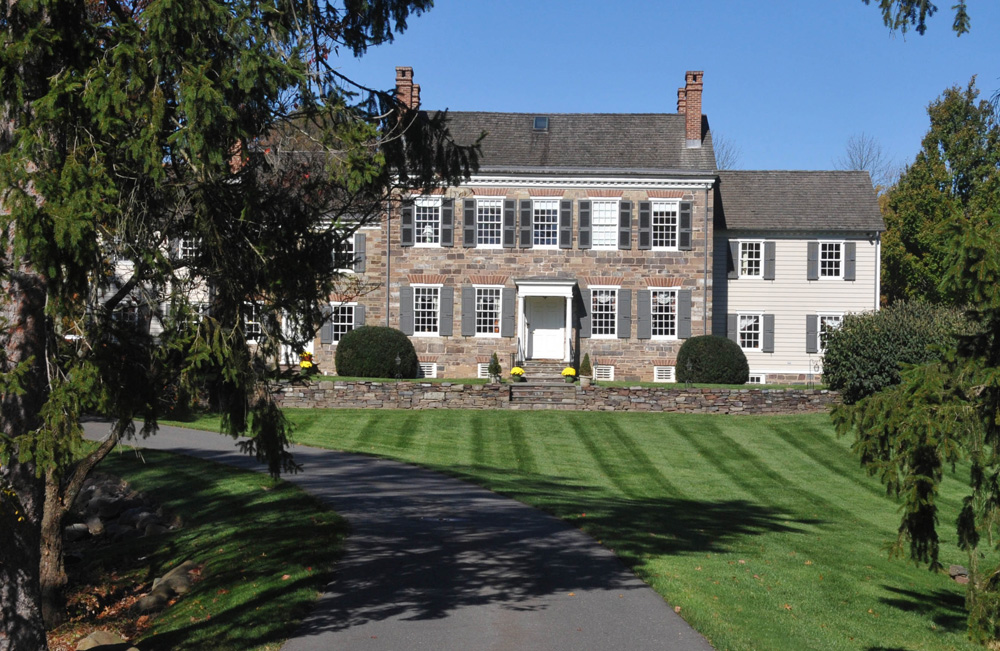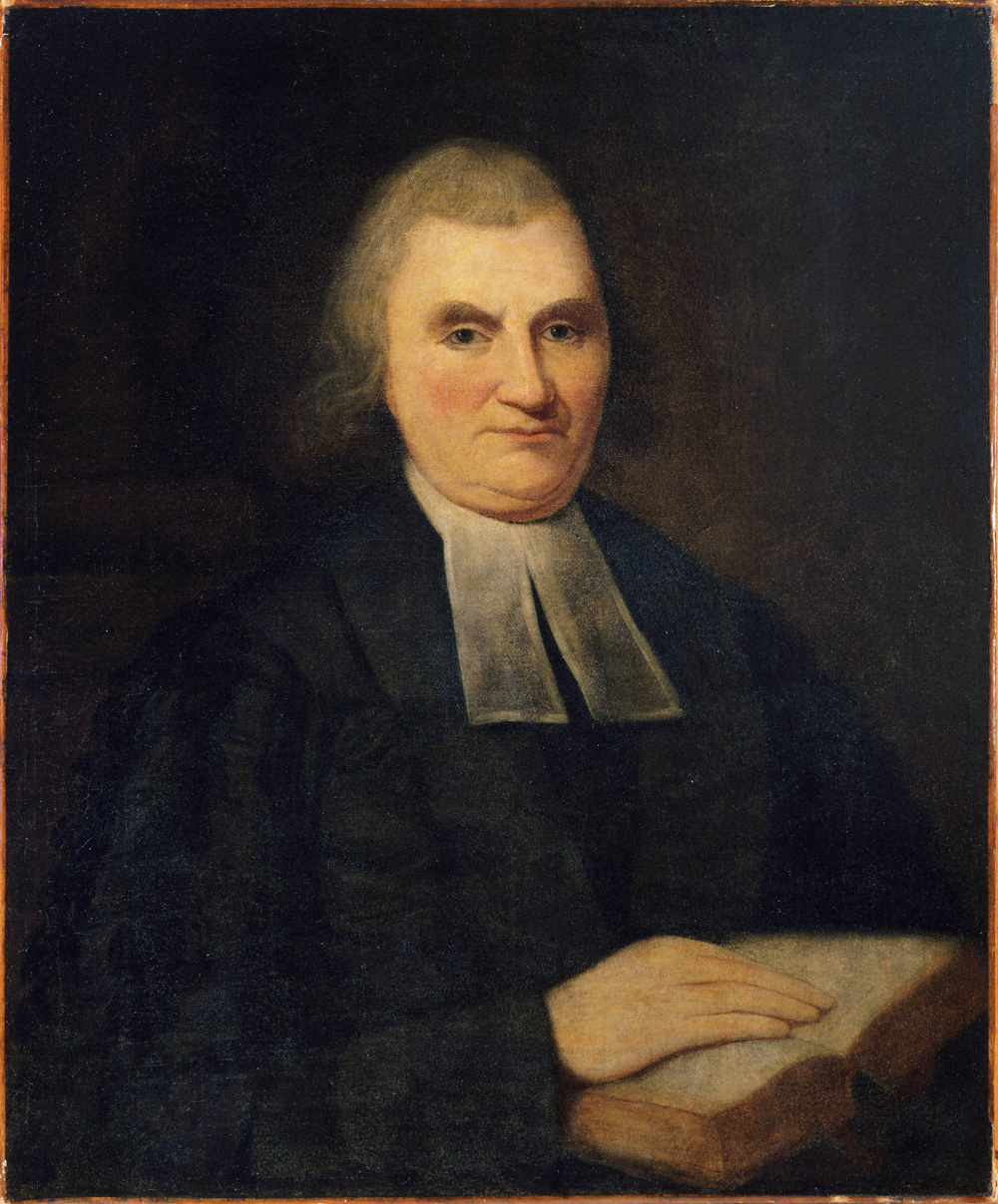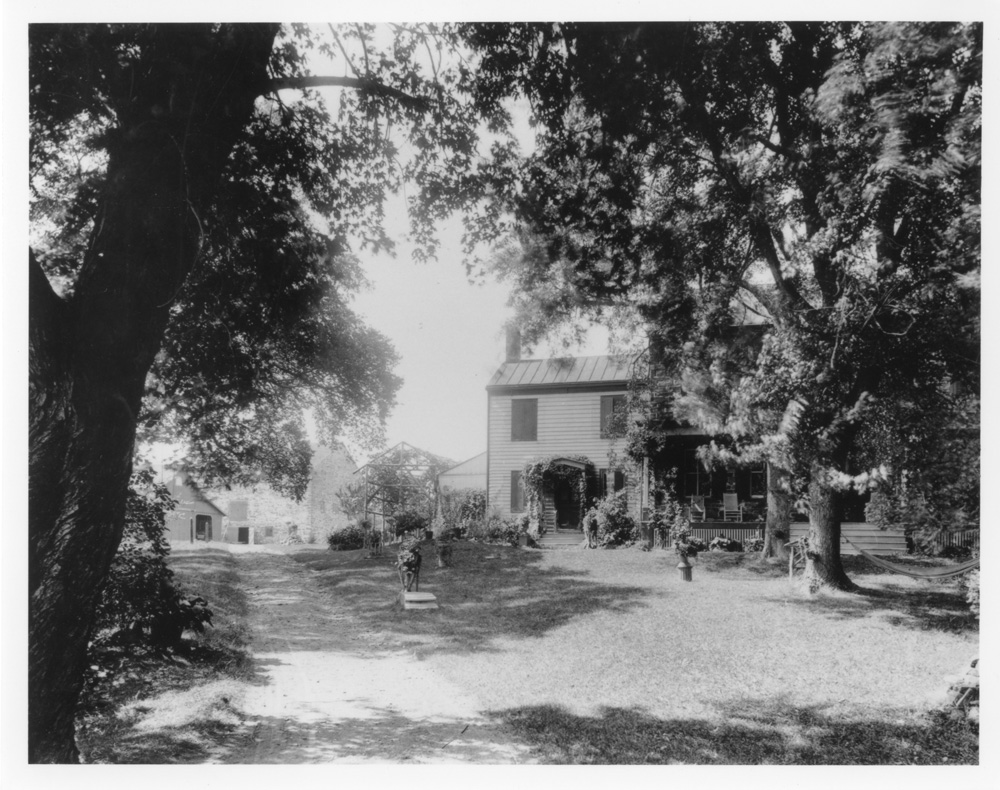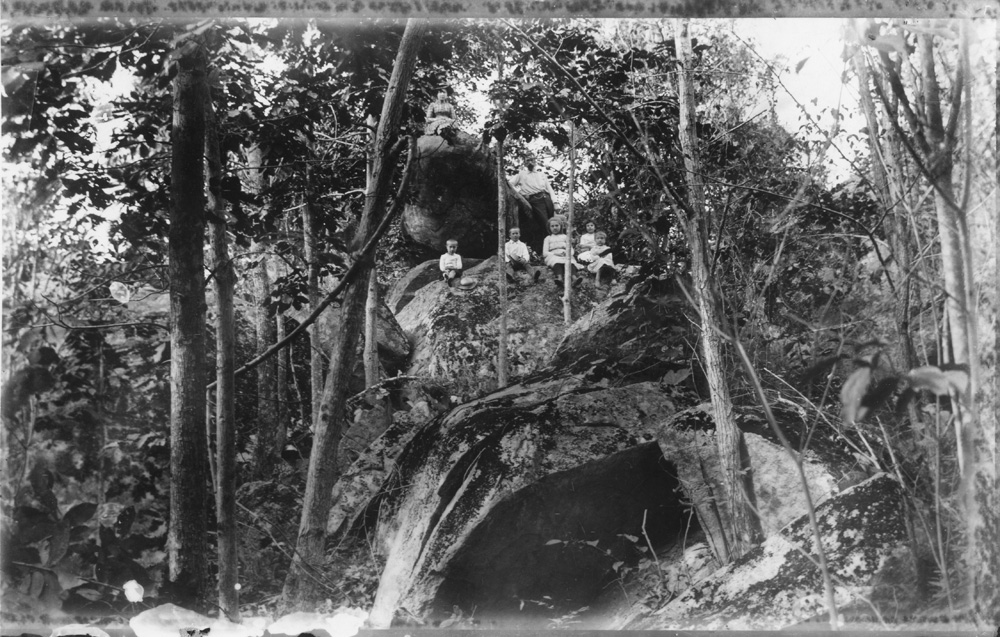

Tusculum was built in 1773 by John Witherspoon, President of the College of New Jersey (now Princeton University) from 1768-1794. Witherspoon was a famed Presbyterian minister from Scotland and a signer of the Declaration of Independence. He resided for a while at the President’s House on campus with his wife Elizabeth, traveling down what is now Witherspoon Street in his spare time to conduct experiments on the farm. Witherspoon frequently rented out the house, but -- very possessive of his hobby -- always told tenants they were not permitted to touch the farm. He moved to Tusculum permanently in 1779. Witherspoon is known to have purchased two enslaved people to conduct farm labor at Tusculum.
During the Revolution, the farm was occupied by British troops and used as headquarters for the 40th British Regiment. This was just one of many sites in Princeton disrupted by the war. The nearness of enemy forces during the 1777 Battle of Princeton cannot be understated as a source of great anxiety for the town’s residents.
In the wooded part of the property is a rocky cavern now known as Devil’s Cave. In the 18th century, it was called the Rock House. Before this, Native Americans were aware of the spot as well. Supposedly a mysterious “Old Nick” lived here during the Revolutionary period; George Washington may have also slept a night here and mail robbers often used it as a hiding spot.
Original Sections: Stone center main block of the house
Present Use: private residence

Portrait of John Witherspoon by unknown artist
Collection of the Princeton University Art Museum

Entrance view of Tusculum, ca. 1890.
Collection of the Historical Society of Princeton

“The Rock House” in the woods of Tusculum, ca. 1900.
Collection of the Historical Society of Princeton